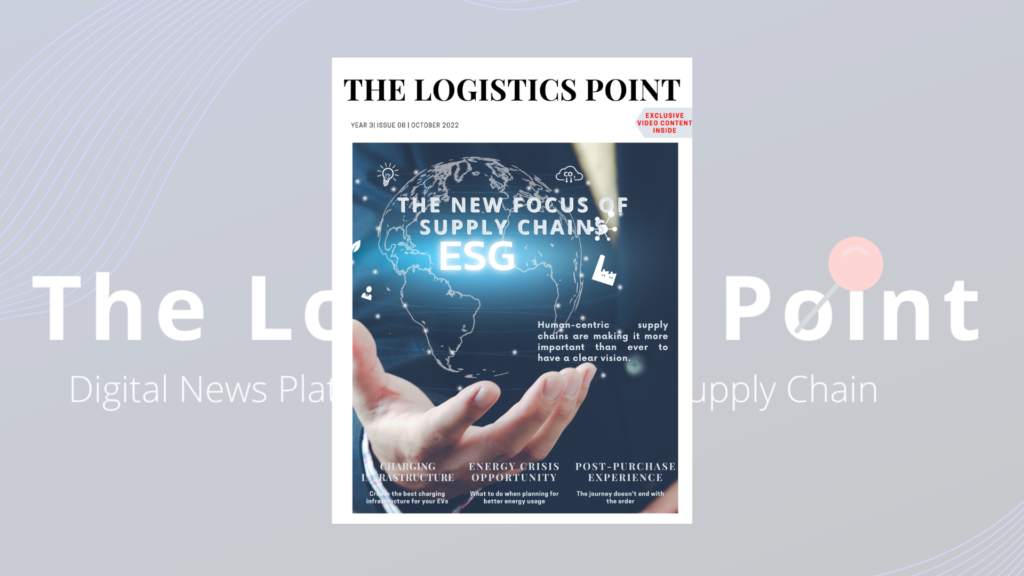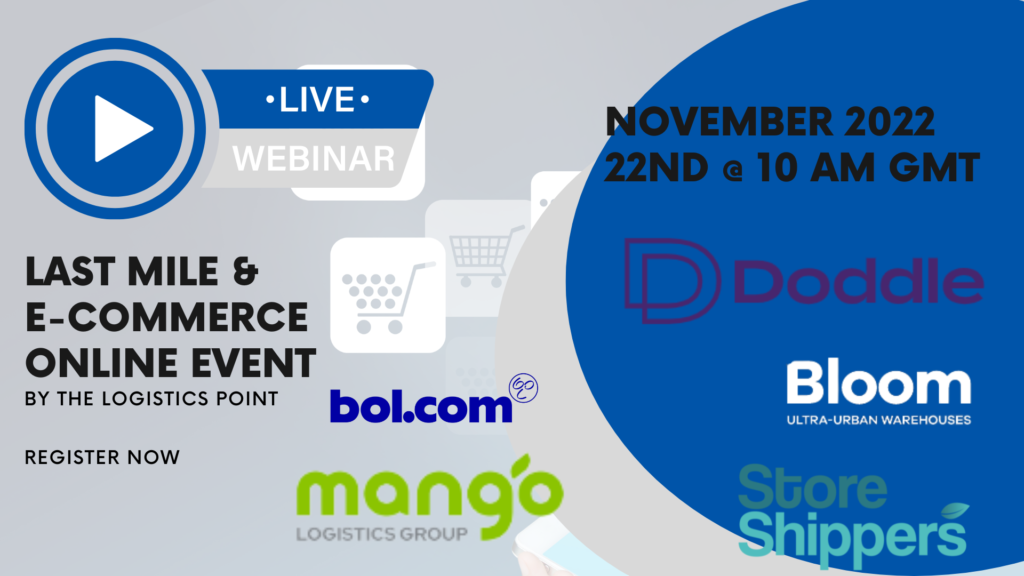From Gartner Supply Chain Symposium 2022
Up until recently supply chains were mostly focused on how to execute their operations best. There was little focus on what the impact of these operations is on society and the environment. But times have changed so much that now all organisations are shifting their focus to people and the planet. During the annual Gartner Supply Chain Symposium | Xpo in London supply chain managers discussed the new human-centric approach and the way to reach true sustainability.

Sustainability and people were the two big topics during the Gartner event in London for three days. In one way or another all organisations are putting their focus on the planet and how their operations affect the society as a whole.
Stakeholders
A new definition of stakeholders is emerging which embraces the idea that the supply chain is the leading area for companies. ‘We like to think we can offer more value than just the medicine we provide and the wider impact on society,’ said Matt Shaughnessy, Head of Operations Sustainability, AstraZeneca.

As part of a highly polluting sector the company is working hard on lowering its impact. So far AstraZeneca have reduced emission by about 60% since 2015. However, Shaughnessy said the last stretch to reaching their goal of 98% will be the hardest. It will involve a deep look into the way energy is being used and going beyond just decarbonisation. According to him the whole operational model would need to be transformed.

Reinventing leadership
Supply chain leaders are having to reinvent what it means to work in the industry and the essence of the sector. There is not just more focus on sustainability but actual measurable data and KPIs that can be proved.
People are keeping score on what you actually achieve compared to what you said you would achieve. The workforce is more demanding and has specific expectations for specific areas. If you want to retain and attract talent you need to be accommodating.
This, of course, is not an easy task and many leaders acknowledged it during the event. Supply chain officers are dealing with the expansion of their internal and external ecosystem. More organisations are identifying how they want their supply chains to be perceived. They realise they have to have a supply chain and it should perform very well.
Agility and more of it
‘Agility is the new normal,’ said Gerhard Seidl, Head of Supply Chain Planning at Coca-Cola HBC. ‘Think carefully what you want to do and discuss it with your potential partners. Understand what they can do and how it fits in what you want to achieve.’
A new centre of gravity has formed where consumers and employees are what drives change. Diversity and equality are being added to the sustainability agenda and what supply chain managers are being asked to do is broadening constantly.
Seidl summarised what lessons have been learnt in the following way:
- Plan very well how you define what you want to achieve versus project’s time and costs;
- People expect customisation and you need to discuss how many changes are actually necessary;
- Total cost of ownership : you need to be very aware what you can do with your own people and resource management;
- Decide what partners you need and what their role will be in the project;
- Technical integration will be more complex than you expect;
- Change management: putting the user in the driving seat and engaging with senior management;
- Finding the right people is always underestimated; ✷


